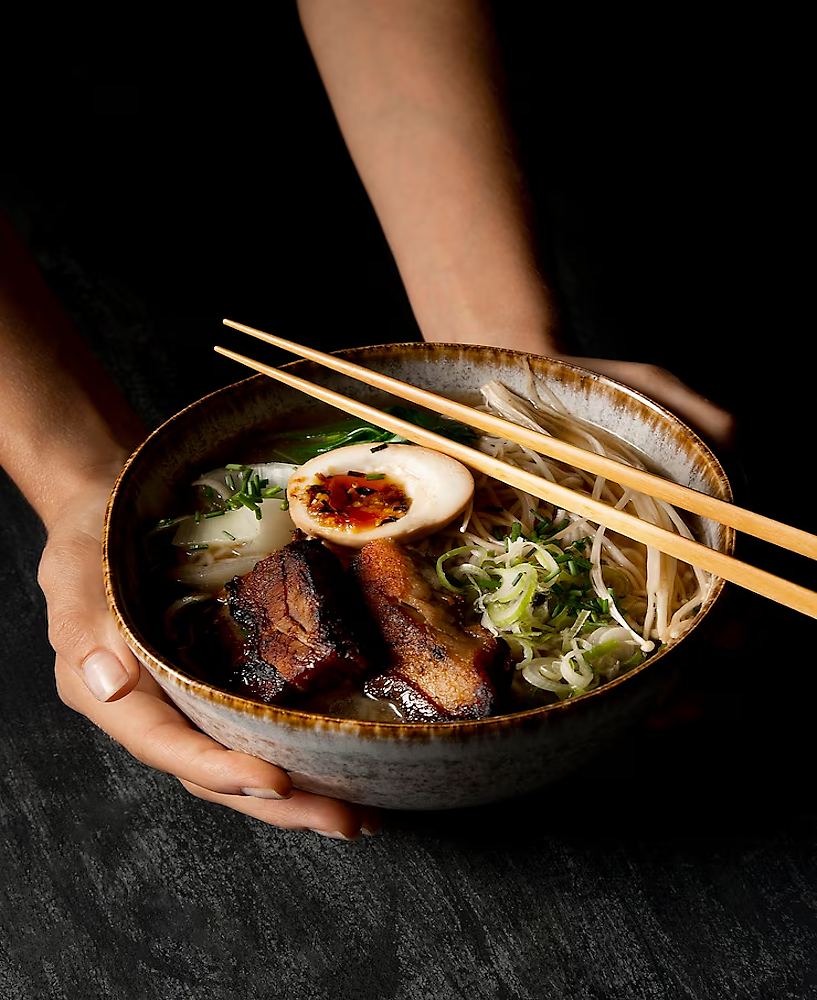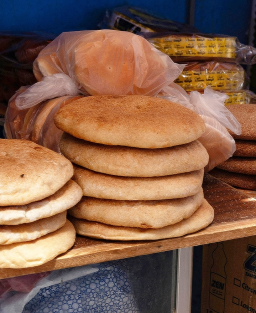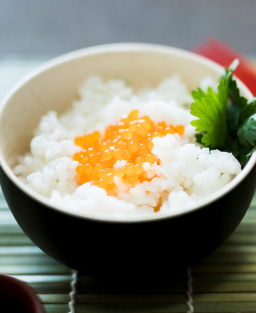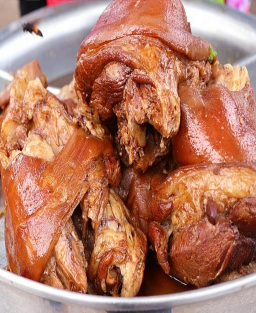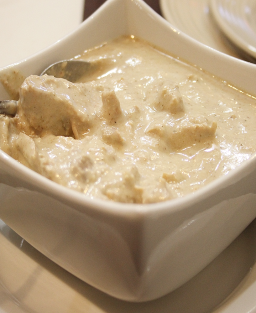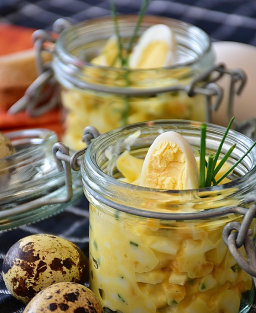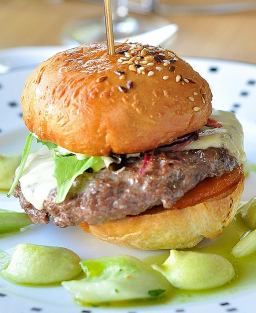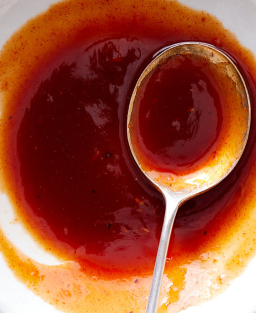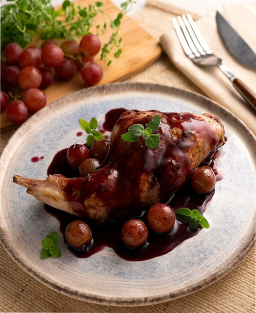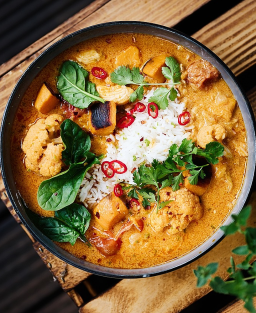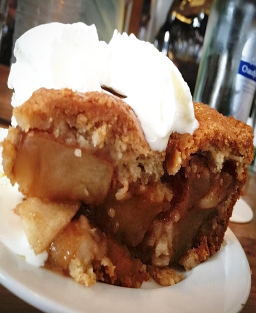- Out-of-Stock
Classic Base Tares Used to Season Ramen Broths and Their Variants
Classic Base Tares Used to Season Ramen Broths and Their Variants
What is a Tare in Ramen?
The word 「タレ」(tare) literally means "sauce" or "liquid seasoning" in Japanese. In the context of ramen, it is the key element that gives the broth its distinctive flavor identity.
Role of the Tare:
-
Salty aromatic base: it seasons the broth (which is often neutral or lightly flavored).
-
Flavor structure: it provides the dominant profile: salty (shio), umami (shoyu), fermented (miso), spicy (karashi).
-
Balance: it adjusts the intensity of the broth to complement the other ingredients (noodles, toppings).
-
Chef’s signature: each restaurant has its own tare recipe, often kept secret, which distinguishes one ramen shop from another.
Origins and History of Tares
Evolution in Ramen
-
Ramen is a dish of Chinese origin imported to Japan at the end of the 19th century under the name "Shina soba."
-
The first soups were based on chicken broth and soy sauce, which form the primitive version of Shoyu Ramen, and thus Shoyu Tare.
-
Over time and through regional evolution, other tares emerged to diversify flavors:
-
Shio (salt): lighter, notably used in Hakodate.
-
Miso: developed in Sapporo in the 1950s.
-
Spicy (Karashi): influenced by Sichuan Chinese cuisine and integrated more recently into modern ramen.
-
Culinary Heritage
-
Tares derive from a classic principle of Japanese cuisine: the balance of salty-sweet-umami found in many basic sauces (like teriyaki, sukiyaki, or yakitori sauce).
-
They are related to the tare used in yakitori (same term), but in ramen, tare is never used alone—it is always diluted in the broth.
Tare and Broth: An Inseparable Duo
In building a traditional bowl of ramen, the taste comes neither solely from the broth nor solely from the tare, but from the balance between the two:
| Element | Main Role |
|---|---|
| Broth (スープ) | Provides fat and depth (pork, chicken, fish) |
| Tare (タレ) | Provides salty flavor, aromatic signature, and umami |
Ramen and Regional Tares (examples)
| Region | Favorite Tare Type | Specialty |
|---|---|---|
| Tokyo | Shoyu | Chicken broth + shoyu tare |
| Sapporo | Miso | Pork broth + miso + garlic, ginger |
| Hakodate | Shio | Clear broth + sea salt |
| Fukuoka | Shio + Karashi | For spicy tonkotsu ramen |
1. Shoyu Tare (しょうゆタレ) — Soy Sauce
-
Soy sauce-based.
-
Salty, umami flavor, slightly sweet depending on recipe.
-
Widely used in clear broths (often chicken or pork-based).
-
Typical ingredients: soy sauce, mirin, sometimes sugar, sake.
Traditional recipe:
(About 200 ml)
-
100 ml Japanese soy sauce (shoyu)
-
50 ml mirin
-
50 ml sake
-
1 tablespoon sugar
Preparation:
-
Mix all ingredients in a small saucepan.
-
Heat over medium heat to dissolve sugar and evaporate alcohol (2-3 minutes).
-
Let cool and store in the refrigerator.
Variations of Shoyu Tare:
-
Light soy sauce (usukuchi): lighter taste and color, used in regions like Kansai.
-
Dark soy sauce (koikuchi): stronger, saltier, common in Tokyo.
-
Added aromatics: garlic, ginger, fried shallots, or dashi for complexity.
-
Mixed tare: blend of soy sauce and white miso for a milder, rounder taste.
2. Miso Tare (味噌タレ)
-
Based on fermented soybean paste (miso).
-
Rich umami flavor, sometimes slightly sweet or strong depending on miso type (white, red, mixed).
-
Used in miso ramen, especially popular in Sapporo.
-
Sometimes mixed with garlic, ginger, sesame oil.
Traditional recipe:
(About 200 g)
-
150 g miso (red or white)
-
30 ml mirin
-
20 ml sake
Preparation:
-
Gently heat mirin and sake.
-
Add miso and stir until smooth.
-
Cool and store refrigerated.
Variations:
-
White miso (shiro miso): sweeter, subtler.
-
Red miso (aka miso): stronger, saltier, more fermented.
-
Mixed miso: combination of both for balanced flavor.
-
Additions: chili, garlic, toasted sesame, chili oil for spicy miso ramen.
-
Sweetened miso with honey or sugar to round acidity.
3. Shio Tare (塩タレ) — Salt
-
Salt-based, lighter, often made with sea salt or iodized salt.
-
Clear, simple, pure flavor.
-
Often combined with dashi (fish broth), seaweed, sometimes lemongrass.
-
Used in shio ramen, popular in eastern Japan.
Traditional recipe:
(About 150 ml)
-
10 g sea salt
-
100 ml dashi (kombu or katsuobushi)
-
1 tablespoon sake
-
1 teaspoon mirin
Preparation:
-
Heat all ingredients together.
-
Stir until salt is fully dissolved.
-
Cool before adding to broth.
Variations:
-
Shio with dashi: fish broth, kombu (seaweed), or dried shrimp for subtle umami.
-
Shio yuzu: added yuzu citrus for a fresh lemony note.
-
Flavored salts: sesame, wasabi, or chili salt.
-
Smoked salt: for a smoky touch.
4. Karashi Tare (辛しタレ) — Spicy
-
Spicy base, often made with chili peppers, chili oil, or chili paste.
-
Adds heat to ramen.
-
Used in spicy ramen or to spice up a base tare.
Traditional recipe:
(About 100 ml)
-
2 tablespoons tobanjan (chili paste)
-
1 tablespoon soy sauce
-
1 tablespoon sesame oil
-
50 ml hot broth (dashi or chicken broth)
Preparation:
-
Mix all ingredients in a bowl.
-
Stir well to combine.
-
Use immediately or store 2-3 days refrigerated.
Variations:
-
Rayu: classic Japanese chili oil.
-
Togarashi: Japanese chili powder, sometimes mixed with sesame seeds.
-
Spicy miso: miso mixed with chili paste for a kick.
-
Spicy curry paste: added Japanese curry paste (karē) for richer heat.
Other Interesting Variants
-
Shacha-based tare: Chinese sauce with garlic oil, shrimp, and spices, used in some regions.
-
Black vinegar tare: for a tangy, smoky flavor in certain regional ramen.
-
Yuzu kosho tare: spicy paste with yuzu and chili, for a citrusy, spicy touch.
-
White miso and soy tare: mild, aromatic blend like the recipe you shared.
Summary
-
Tare is the soul of ramen, its aromatic identity card.
-
It comes from Japanese culinary tradition, adapted for ramen broths since the Taisho and Shōwa eras.
-
There are four main tare families: shoyu, miso, shio, karashi.
-
Each tare has regional variants, textures, and secret recipes.











